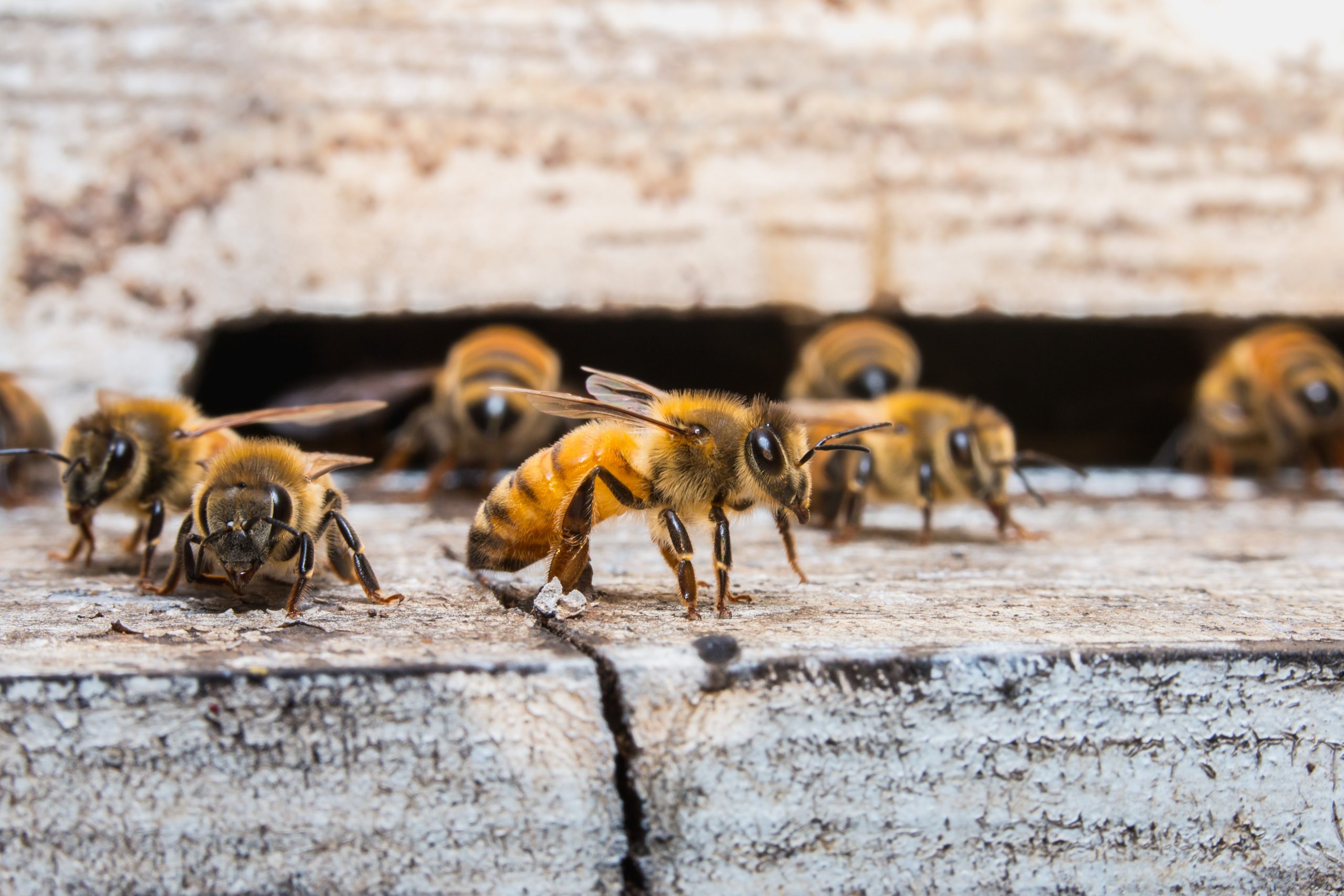Allergies: What to Do if A Bee Stings You
January 11, 2017
A Guide to Bee Stings
For someone who is not allergic to bee stings, it’s common to experience itching, redness, and swelling around the sting site, with it hurting for a few hours before subsiding. However, if someone is having an allergic reaction, he or she can have a more serious reaction by feeling faint or having trouble breathing. Some people start to swell severely and experience dizziness, stomach cramps, and nausea. Because of the seriousness that comes with bee allergies, here is what you should do if you or anyone else who has a bee allergy is stung.
Severe Reactions
Symptoms include the following:
- Hives
- Pale or flushed skin
- Severe swelling
- Headache
- Dizziness
- Fainting
- Nausea
- Vomiting
- Cramping
- Diarrhea
- Difficulty breathing or swallowing
- Weak or rapid heart rate
- Unconsciousness
If you or someone you know is prone to any of the above symptoms, it's best to have an EpiPen or two nearby or on you always. Call 911 immediately after taking or giving the shot to avoid further bee poisoning even if the symptoms seem to have gone away.
While waiting for paramedics to arrive, try removing any constrictive clothing or any jewelry around swollen areas. Check the individual’s airways and begin CPR if they stop breathing or their heart stops beating. Try not to panic and try to keep the victim from panicking as well while assuring them that medical attention is on the way. If the person goes into shock, roll them onto their back and raise their legs 12 inches above their body. The more comfortable the allergic person is, the better off he or she will be.
Normal Reactions
Symptoms include the following:
- Pain
- Itching
- White spot
- Redness
- Swelling
For less severe cases, you will still want to apply first aid and treat stings at home. If you can remove the stinger, gently use a credit card or tweezers. If you use your nails or a pair of tweezers, be very careful and try to avoid pushing more venom into the skin. The venom sacs are usually still attached, and if they are squeezed, they can continue to inject poison into the skin.
Clean the area with soap and water and then apply ice to ease pain and swelling. Cool the affected area with ice 10 mins off and 10 mins on. Use a towel to avoid putting ice directly on the skin. Raise the area of the sting to reduce swelling. You can also apply creams like hydrocortisone to reduce redness and itching or take an antihistamine like Benadryl.


.jpg)



